From early morning, the house of Mrs. H Thinh Kbuôr and Mr. Y Le Nie was bustling with people coming and going. Some helped cut leaves, tie rice wine, some participated in cooking; some helped butcher chickens, pigs, and prepare offerings. Mr. Y Le Nie, the homeowner, said that this family was preparing to hold a health ceremony for Mr. Y Hai Kbuôr, Mrs. H' Thinh's uncle: "We are holding a health ceremony for our uncle, on his birthday, so we are holding this health ceremony, praying for his health and peace. Before the ceremony, we prepare pigs, chickens, rice wine, gongs and some other things. We inform relatives from far and near to come and join the family and bless him."
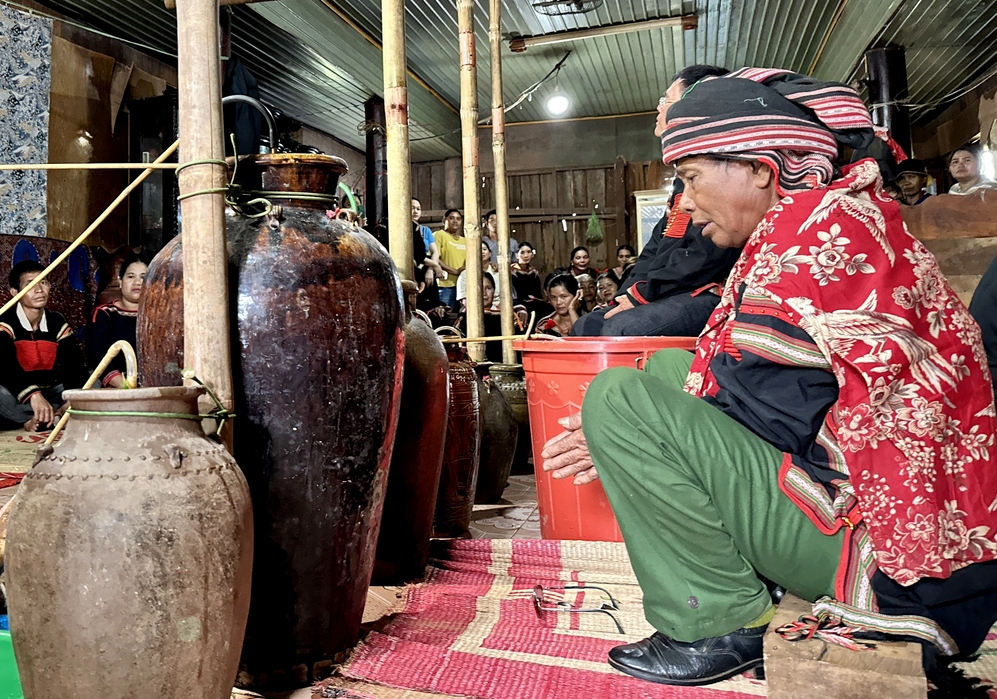
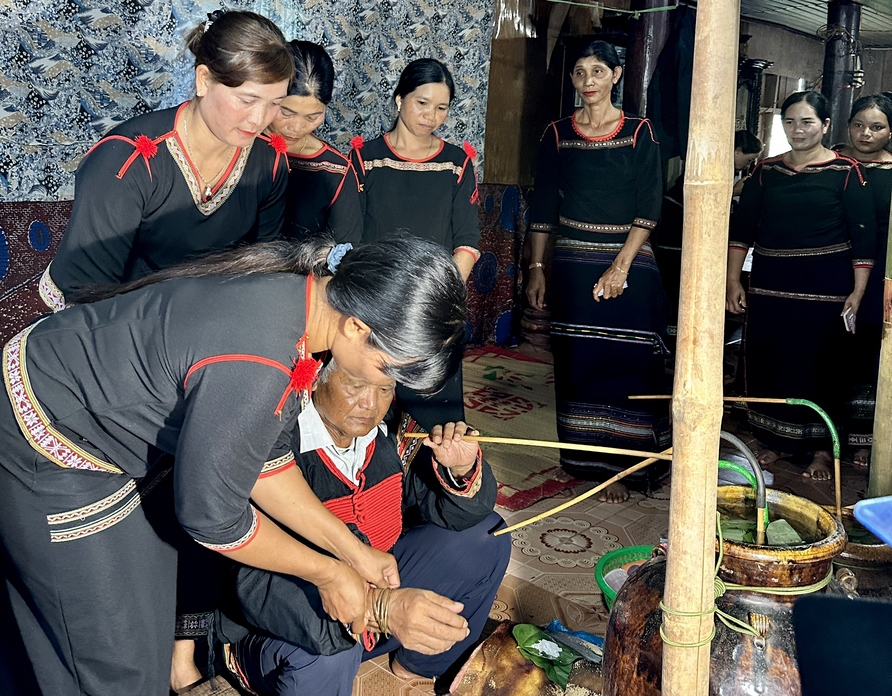
The offering tray was prepared, with a candle on a bronze censer, a handful of red-hot coals, a bronze cup of wine, betel and tobacco, rice, and a roasted chicken. Eight jars of rice wine were tied in the middle of the house for the ceremony, one jar was for the ancestors, five jars were for the health of Mr. Y Hai, and the remaining jars were for entertaining guests.
The sound of a bronze gong signals the beginning of the ceremony. The gong also resonates throughout the ceremony. The person being worshiped sits on the east wall of the stilt house, next to the offerings. On the opposite side are the shaman, relatives and guests.
The health worship ceremony goes through 3 offerings, including inviting ancestors to attend the ceremony, praying for the health of the person performing the ceremony, and offering thanks and receiving congratulations from relatives.
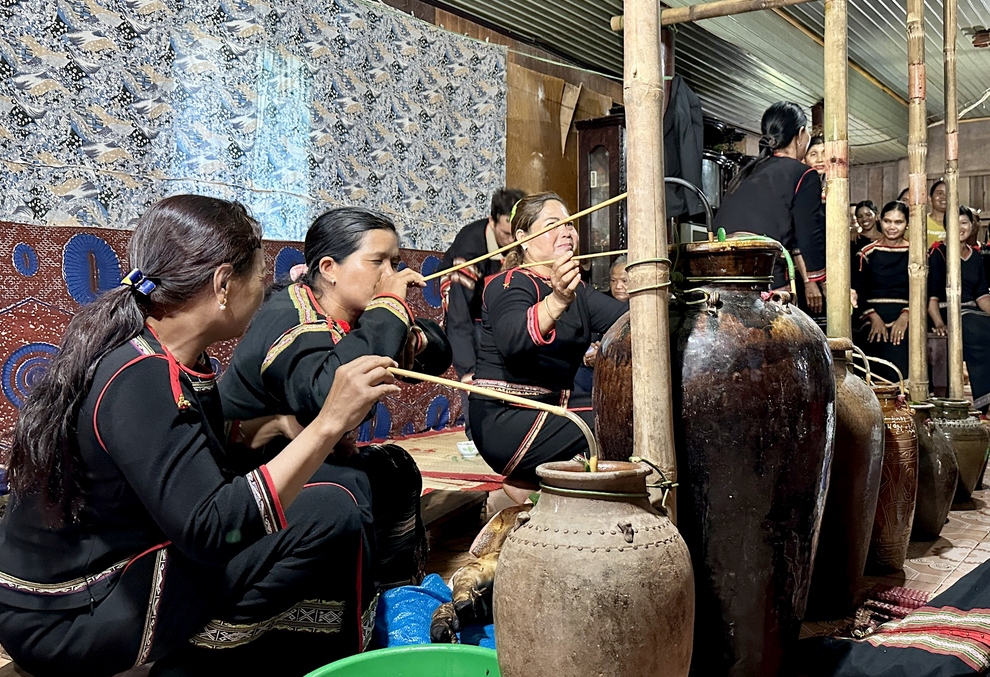
Radiant in an Ede brocade shirt, Mr. Y Hai Kbuor (Ae H'Rao), 82 years old, was very happy when his children and grandchildren held a health ceremony. This was the fourth time he had held such a ceremony.
“Today is a happy day, a good day, thank you to my children, grandchildren, relatives, for organizing this ceremony again, reminding me of the tradition of my ancestors from the past. I am now old and weak, so this ceremony is a blessing from my children and grandchildren for me to have more health and live happily. I feel very excited, thank you to my family, children and the whole village for coming to join in the fun.”
After each worshiping ritual, Mr. Y Hai and the shaman ate a piece of rice, tasted a piece of meat, and drank rice wine as a way to receive the good things that the ritual brought. The shaman gave Mr. Y Hai a rice wine jar and performed the bronze ring giving ceremony. Then it was the turn of his children, relatives, and clan members to wear bronze rings and give gifts to Mr. Y Hai.
According to shaman Y Choch Nie (Aê Lê), in Mlang village, Ea Tar commune, Cu M'gar district, Dak Lak, the Ede people consider the bronze ring as a symbolic witness of a lasting commitment, a wish for longevity. In the health worship ceremony, giving the bronze ring is an important ritual marking the milestone of development, maturity as well as achievements of a person's life. Shaman Y Choch Nie said that with each worship, the bronze ring is engraved with an additional notch. Children and relatives will also give the bronze ring as a blessing to the person performing the ceremony.
“Each descendant and relative in the extended family of the person being worshiped blesses that person by wearing copper bracelets, necklaces, and giving gifts to the person being worshiped. It is not only a shared joy but also to recognize relatives and descendants in the extended family and clan, affirming the close relationship, when there is something in the family, they support and help each other. Wearing copper bracelets also shows the affirmation of that close relationship.”
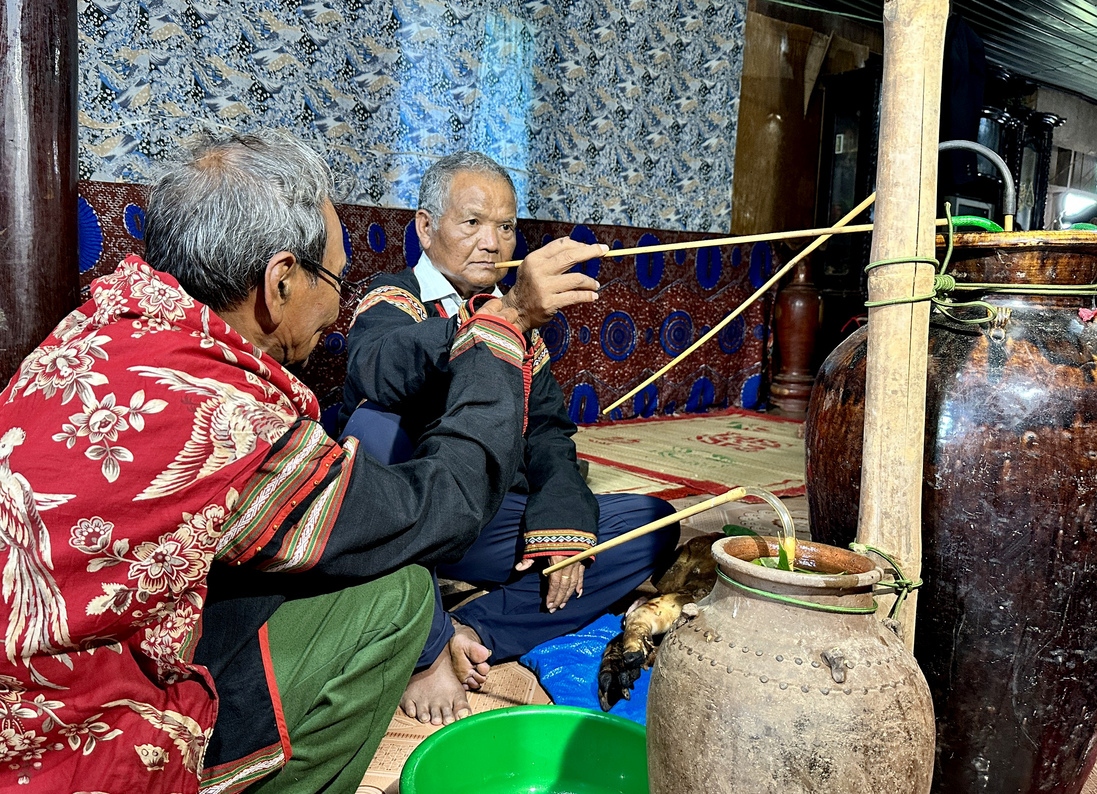
For the Ede people, health worship is an important ritual marking a milestone or an achievement in each person's life, especially for men. For each individual, being able to organize a health worship is a great honor because usually only families with conditions can do it. Therefore, in modern life today, worship ceremonies like this are held less and less. Mr. Y Wem H Wing, Vice Chairman of the People's Committee of Cu Mgar district, Dak Lak province, said that restoring the health worship ceremony as well as many other good rituals is a good way to continue to preserve and promote the cultural beauty of the local ethnic groups.
“Today's health offering restores the unique traditional culture of the Ede people in offering health to their relatives, educates the younger generation to understand the meaning of health offering so that it can be expanded in the future and contributes to promoting the good image of the Mgar people, thereby contributing to the development of tourism in the community in the district.”
In the space of the Ede people's health worship ceremony, people and tourists see with their own eyes the unique cultural features. That is the space of gong culture, only when the gong sounds are there can the worship ceremony be performed. That is the culture of rice wine, the bigger the worship ceremony, the more jars of wine, the more precious the jars containing wine are, showing the role and position of the homeowner. That is also the culinary culture, through the hands of the sisters, traditional dishes converge on the celebratory tray in the party. Along with that is the family and clan bond and the filial piety of children and grandchildren, the respect for the elderly in the family and clan of the Ede people.
Source: https://vov.vn/van-hoa/ve-cu-mgar-dak-lak-du-le-cung-suc-khoe-cua-nguoi-e-de-post1101436.vov


![[Photo] Prime Minister Pham Minh Chinh meets with the Policy Advisory Council on Private Economic Development](https://vphoto.vietnam.vn/thumb/1200x675/vietnam/resource/IMAGE/2025/5/8/387da60b85cc489ab2aed8442fc3b14a)
![[Photo] President Luong Cuong presents the decision to appoint Deputy Head of the Office of the President](https://vphoto.vietnam.vn/thumb/1200x675/vietnam/resource/IMAGE/2025/5/8/501f8ee192f3476ab9f7579c57b423ad)


![[Photo] National Assembly Chairman Tran Thanh Man chairs the meeting of the Subcommittee on Documents of the First National Assembly Party Congress](https://vphoto.vietnam.vn/thumb/1200x675/vietnam/resource/IMAGE/2025/5/8/72b19a73d94a4affab411fd8c87f4f8d)
![[Photo] General Secretary concludes visit to Azerbaijan, departs for visit to Russian Federation](https://vphoto.vietnam.vn/thumb/1200x675/vietnam/resource/IMAGE/2025/5/8/7a135ad280314b66917ad278ce0e26fa)
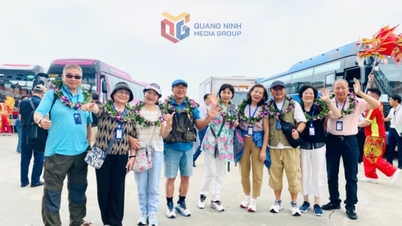








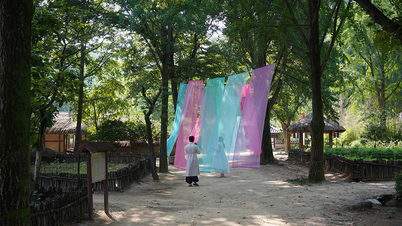
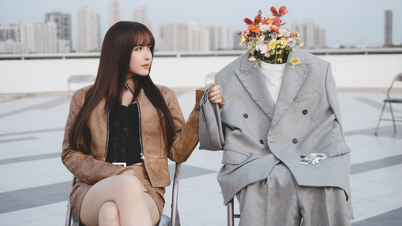

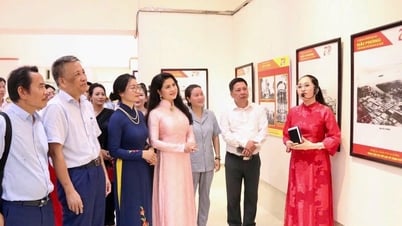
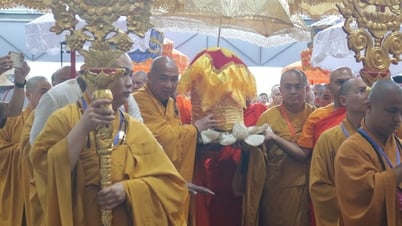
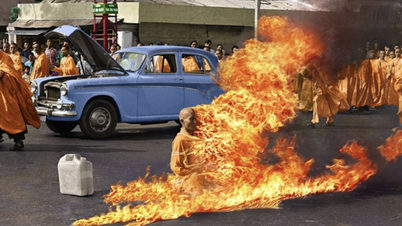
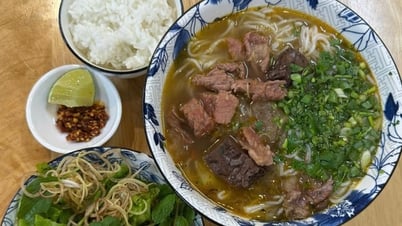




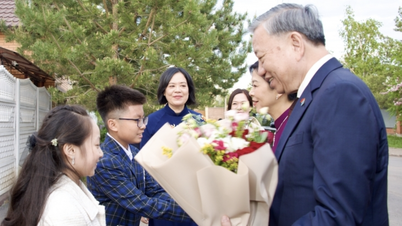

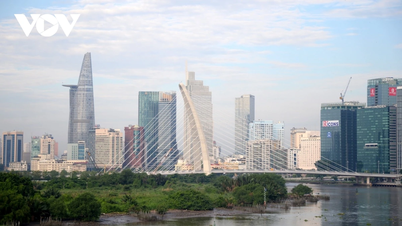


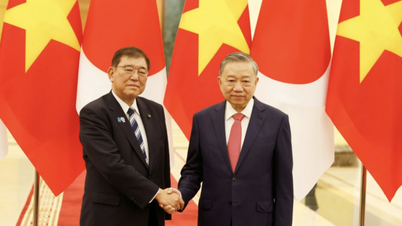

































![[Photo] Prime Minister Pham Minh Chinh talks on the phone with Singaporean Prime Minister Lawrence Wong](https://vphoto.vietnam.vn/thumb/402x226/vietnam/resource/IMAGE/2025/5/8/e2eab082d9bc4fc4a360b28fa0ab94de)













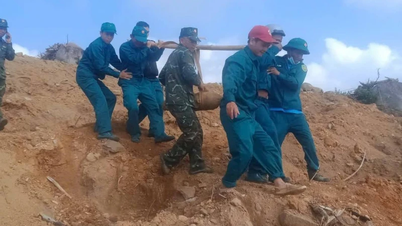


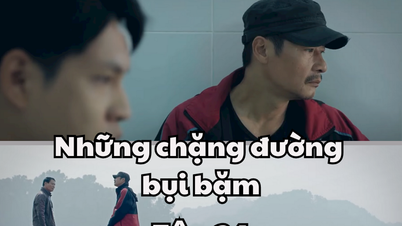



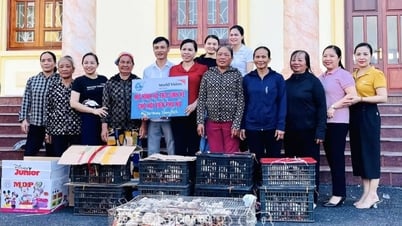













Comment (0)